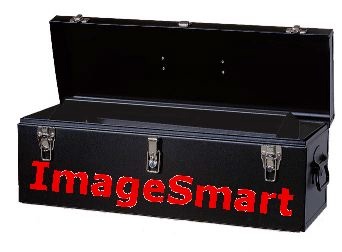
| IMAGESMART | Resources |
Toolbox of ImageSmart Resources
for Mentors, Coaches & Trainers Following are ten SmartStrategies™ from my Multiple Intelligence Toolbox. I've included these to give you some instant ways to incorporate ImageSmart into the mentoring, coaching, and training you provide. The basic process for doing this is . . . 1. Name the content or information you want to teach. Get very clear on the specific concepts, ideas, processes, skills, etc. that you want to get across in your mentoring, coaching, or training session. 2. Write down the learning objective(s) you have for the mentoring, coaching, or training session. What do you want your participants to be crystal clear on at the end of the mentoring, coaching, or training session? 3. Look over the SmartStrategies™ below and select a couple of strategies you believe can help participants understand what you're teaching more fully in an ImageSmart way. Basically you'll be asking them to in some way create "visual representations" of the content you're teaching. 4. Outline your teaching plan, incorporating the SmartStrategies™ you've chosen into your mentoring, coaching, or training. You'll likely be teaching something you've taught before, but this time in a new way – accessing your and your participants ImageSmart.
SmartStrategies™ Toolbox
• Guided imagery and visualization—ask participants to create pictures or images of what you're teaching in their minds. • Active imagination—find connections between various visual designs and patterns and participant's prior experiences or knowledge. • Color and texture schemes—associate colors and texture with various thoughts, ideas, concepts, and processes. • Patterns and designs—create abstract patterns and designs to represent the relationships of different pieces of your information. • Painting—express understanding of concepts using the medium of paints or colored markers • Drawing—create graphic representations of items being studied or taught such as through illustrations or diagrams. • Sculpting—demonstrate understanding of concepts by creating models in clay. • Mind-mapping—make “visual webs” of written or spoken information. • Pretending and fantasy—create new scenarios in the mind based on factual information (e.g. "What if . . . ?"). • Montage and collage—design a collection of pictures to show various aspects or dimensions of a concept, idea, or process. • Spatial maps–create maps with legends showing directions. • Architectural drawings–show how to build or assemble something. • Movies and photography–create or show DVDs, YouTube® postings, or videos related to the learning. • LCD and computer presentations–design computer presentations of information. • Displays and exhibits –make museum-like exhibits related to information being learned.
|
